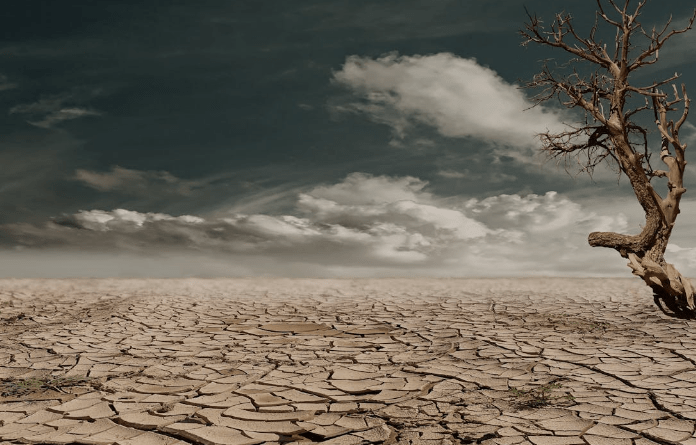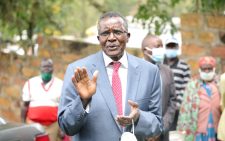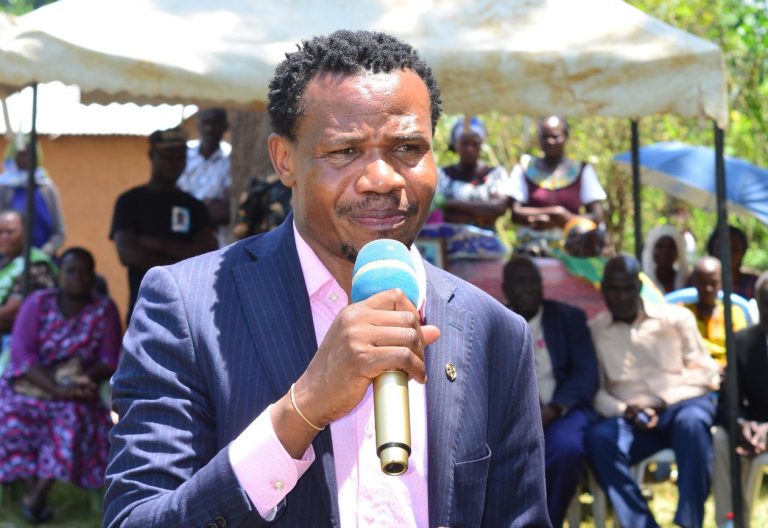Kwale braces for severe long dry season amid growing risks

Kwale County could face a prolonged dry season in the coming months, with meteorologists and National Drought Management Authority (NDMA) warning of reduced rainfall between June and August.
According to regional NDMA coordinator John Kariuki, reports indicate that in the next three months Kwale will receive below normal rainfall, insinuating a heavy dry season.
“An assessment on short rains was conducted and data shows that Kwale is already stressed and falls under the second principal component (PC2),” he said.
Kariuki noted that Kwale, in general, is in an alert state, while some interior parts of its sub-counties of Kinango, Samburu, and Lunga-Lunga are approaching the alarm stage.
He warned that the affected areas may soon require relief food and water, as the general population in need of food is at 25 per cent in the region, which is already experiencing distress.
If the dry season persists, he added, the situation could escalate to a crisis phase.
Kariuki made the statement during a disaster management meeting at the Red Cross offices in Mvindeni, Msambweni sub-county.
The meeting brought together various stakeholders to discuss and plan for interventions in case of severe drought and food insecurity.
Officials expressed concern over the worsening situation, emphasising the need for early preparedness to mitigate potential crises.
Sustainable solutions
In previous years, Kwale was among the coastal counties severely affected by drought. The prolonged dry spells led to devastating losses, with thousands of livestock perishing and crop production declining significantly.
Nearly 75 per cent of water sources in the affected areas dried up, leaving communities struggling for survival.
Stakeholders at the meeting stressed the importance of implementing sustainable solutions to prevent a recurrence of such disasters.
According to Kariuki, they discussed the need for improved water management, climate-resilient agriculture, and coordinated relief efforts to support vulnerable populations.
He stressed the need for collaboration among stakeholders, citing limited resources as a major challenge to disaster response.
“Resources are very scarce and disaster response is extremely costly. It is crucial for all stakeholders to work together to ensure an effective and coordinated approach,” he said.
He said that without joint efforts, addressing the worsening drought and food insecurity would be difficult.
Kariuki called for strategic planning, resource mobilisation and timely interventions to mitigate the impact on affected communities.
Kwale Red Cross Coordinator Mohammed Mwaenzi said they have launched community sensitisation exercises to enhance preparedness for the anticipated dry season.
Mwaenzi said that their organisation aims to educate residents and farmers on the importance of adopting drought-resistant crops and water conservation techniques to mitigate the effects of prolonged dry spells.
Wild fires
Mwaenzi also urged livestock farmers with large herds to consider selling some of their animals, advising them to maintain a manageable number in case of severe drought.
He said the move would help reduce losses and ensure sustainability during harsh conditions. The coordinator further encouraged farmers to store some of their surplus harvests.
On the drought status, Mwaenzi said a huge percentage of grasses have dried up causing wild fire especially in Lunga-Lunga and Kinango sub-counties.
“We have been experiencing frequent fire incidents in homesteads and farms due to the drying up of grass and crops,” he said.
He warned that the risk of wildfires remains high as the dry conditions persist, urging residents to take precautionary measures to prevent further losses.













